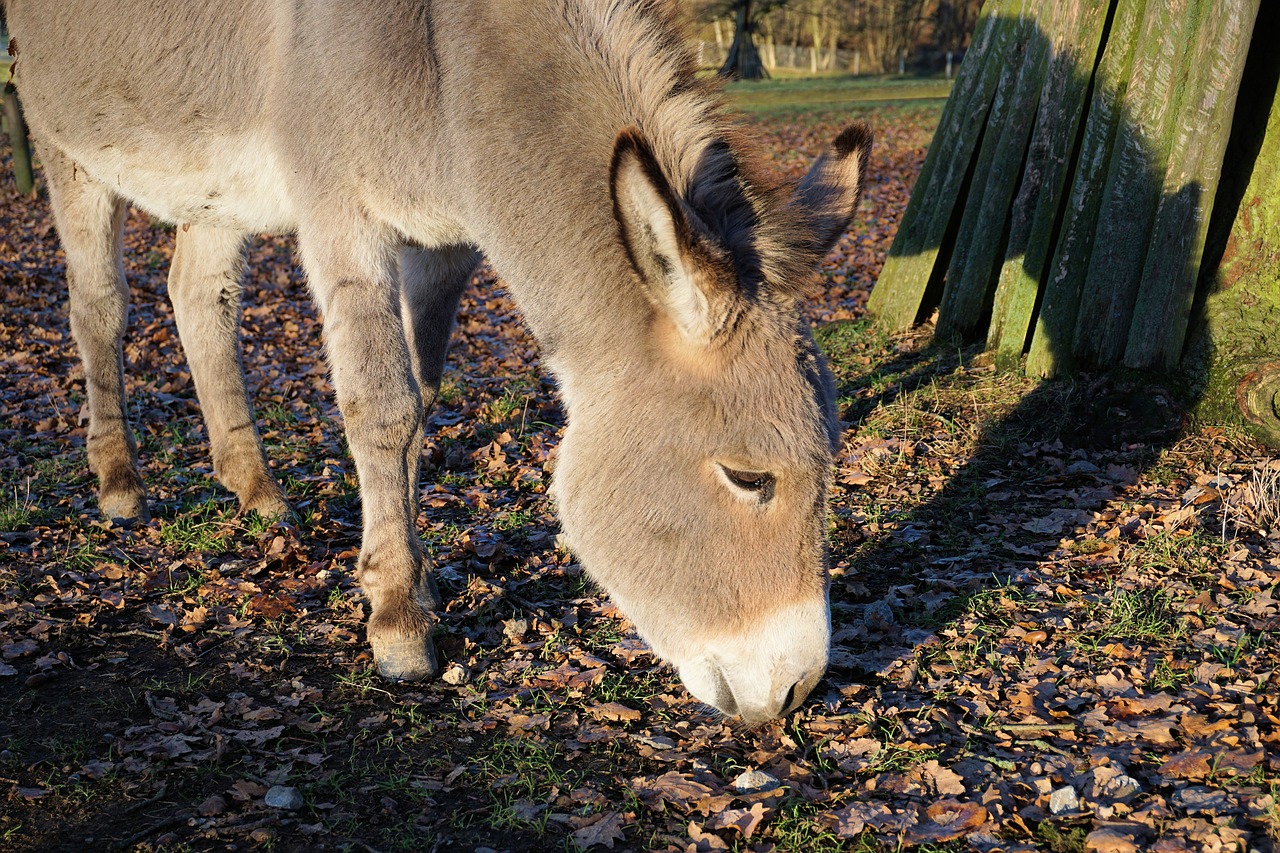Braying Leaves Them Breathless!
David G. Browning – decibeldb@aol.com
139 Old North Road
Kingston, RI 02881
Peter M. Scheifele
Univ. of Cincinnati
Cincinnati, OH 45267
Popular version of paper 3aAB11 presented at the 2014 167th ASA Meeting in Providence, Rhode Island.
Dictionaries define BRAY as “the sound a donkey makes,” which of course is true but hardly describes this complex and expressive vocalization. A bray is a series of sounds produced by alternating inhaling (“Hees”) with exhaling (“Haws”). During each cycle more breath is given out during the “haw” than is taken in during the “hee” so, as with all deficits, the piper must eventually be paid and after a number of cycles the brayer is breathless.
Donkeys can be considered the most complex and variable brayers (some donkeys’ brays even have a “haw-hee” sequence rather than the more common “hee-haw”) but they are not alone in the braying business. Their cousin, the Grevy’s zebra, is a conservative brayer, with short “haws” allowing the maximum number of cycles before running out of breath. On the other hand, a donkey may at times greatly reduce its cycles by a large expenditure of breath on a spectacularly long haw. Unlike “haws” that can vary in length, “hees” are short for all brays, so that a long “hee” could not be utilized to compensate for a long “haw.”
The third and last member of the brayer club is perhaps surprisingly a bird, the African (or more descriptively the Jackass) penguin. This small penguin is commonly seen in zoos because they live in more moderate temperatures than, for example, the larger Emperor penguins of the Antarctic. The African penguins “haw” with relatively steady tones, acoustically more structured like a cow’s “moo” that the [infopopup tag=frequency] variability characteristic of equines like the donkey and zebra. Next time you have a chance listen for a bray, it may leave you breathless too.

